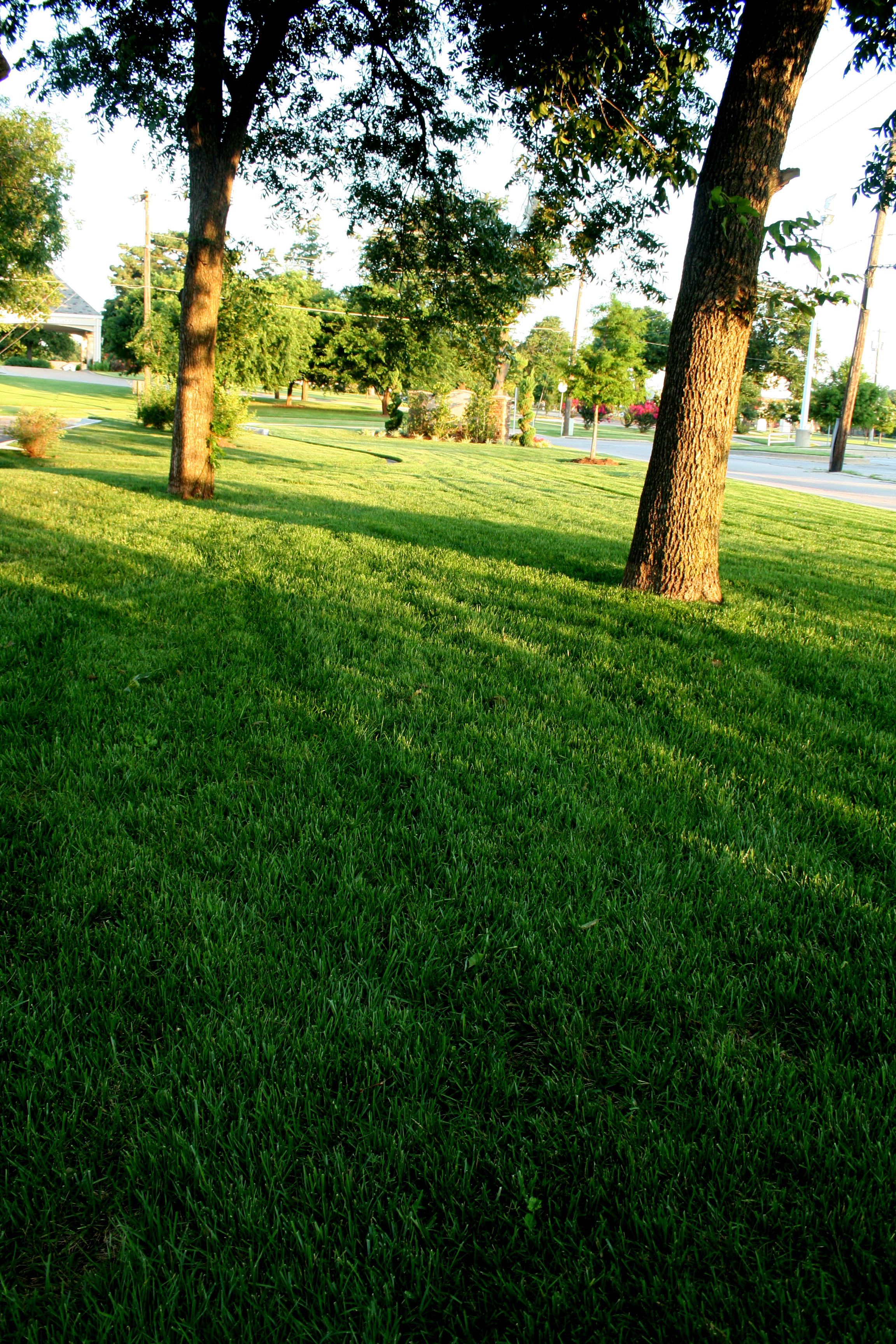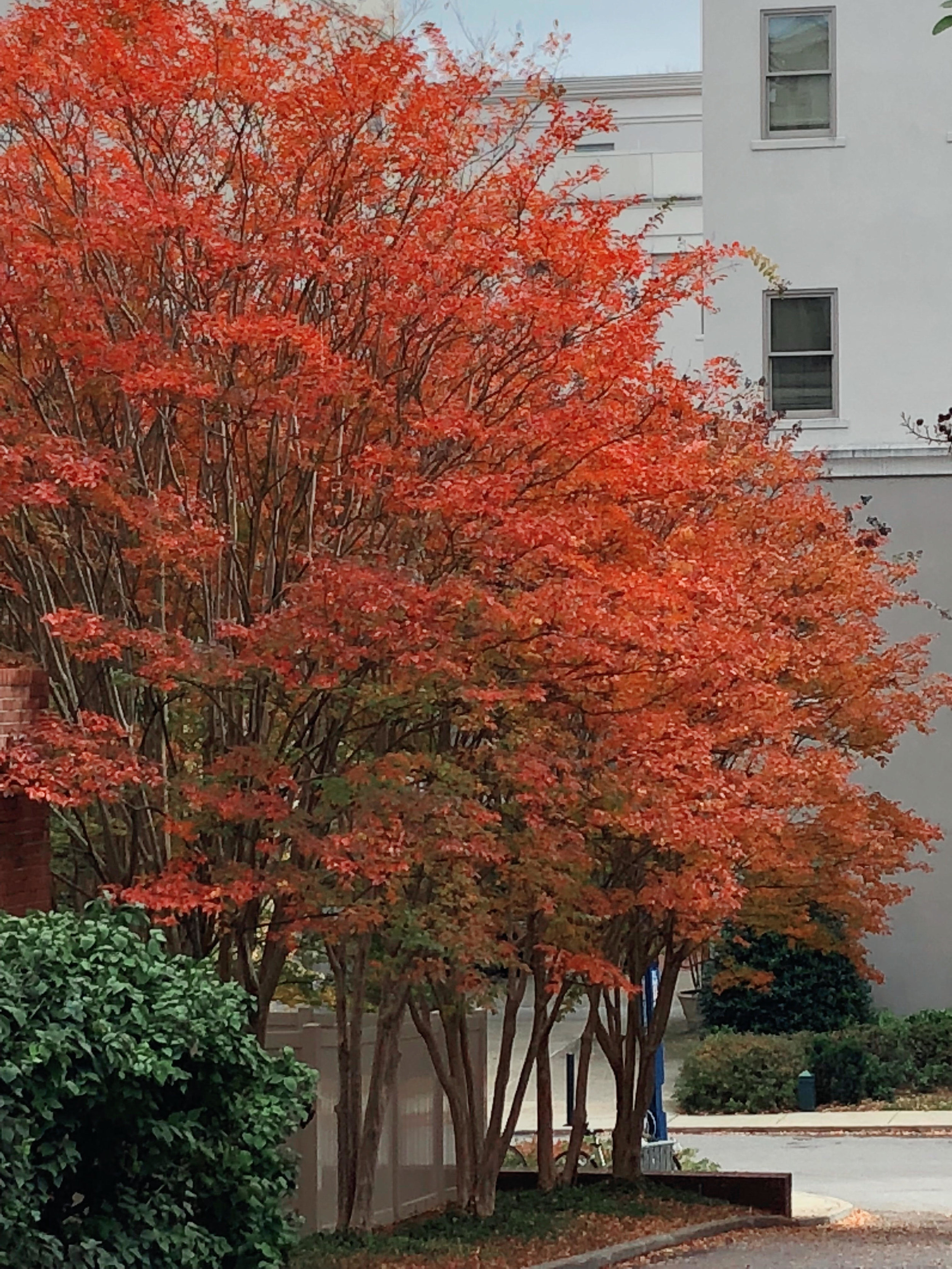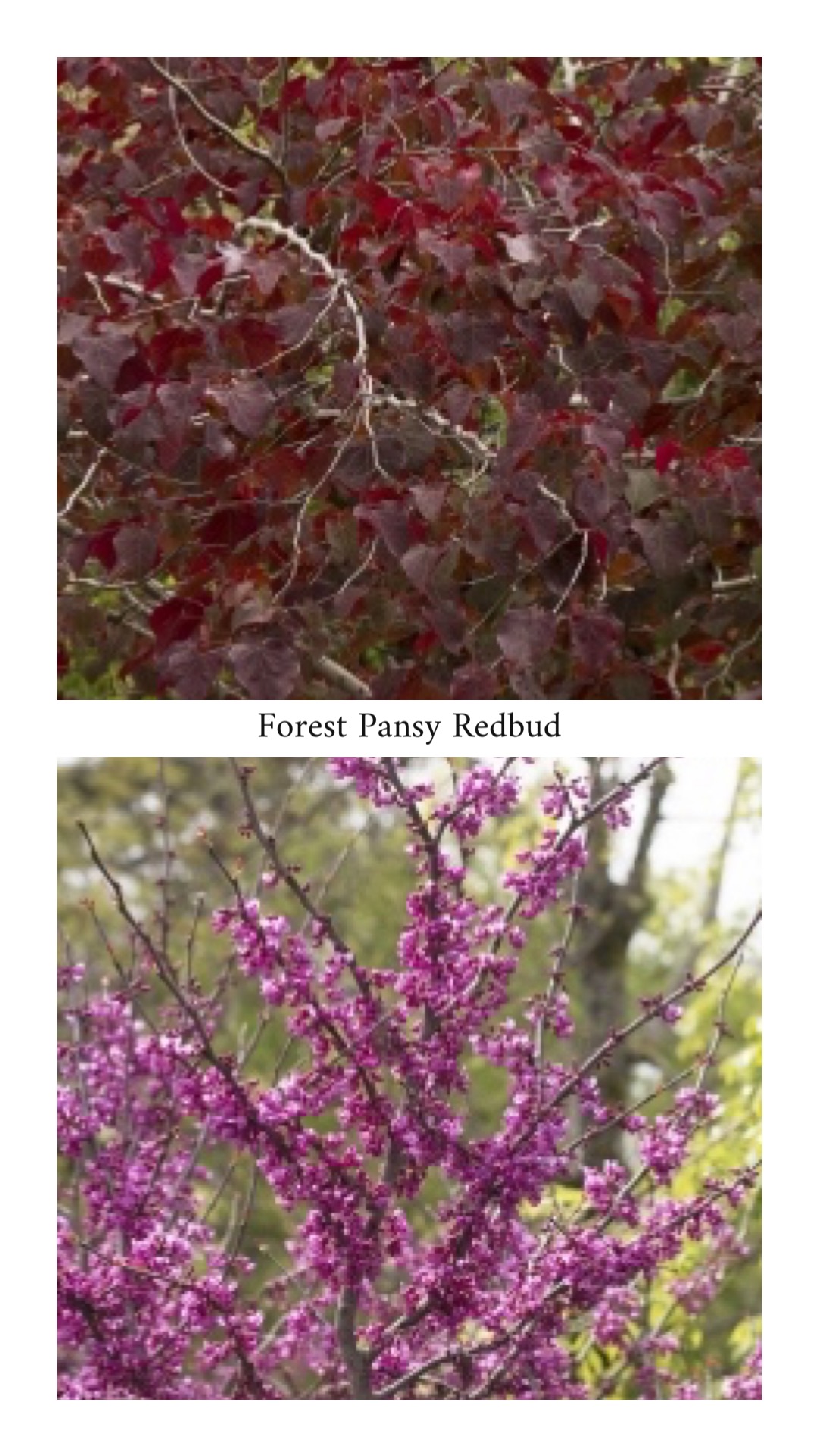Every June hydrangeas put on a show!
Hydrangeas are known for their old fashion charm with their large mop-type blooms.
Unfortunately, traditional hydrangeas often underperform. Because they bloom only on last year’s growth, and they often suffer freeze damage, it was common to not have any blooms at all. Too often hydrangeas leave us only with the hope of next year.
Fortunately, the world of hydrangeas was forever changed with the introduction of the Endless Summer Hydrangea in 2004 from Bailey Nurseries with the help of Dr. Michael Dirr from the University of Georgia. Dirr was doing some consulting with Bailey, known for introducing new plants, in the 90s when he noticed a hydrangea that was blooming in mid-summer. Bailey had been propagating and testing the hydrangea for about 10 years. It was unique because it bloomed in the spring on last year’s growth and rebloomed on the new growth during the summer. Dirr immediately knew it was a game-changer for hydrangeas and quickly coined the name ‘Endless Summer’.
The Original — big round blue or pink blooms
Blushing Bride - pure white blooms that mature to a pink blush.
Twist-n-Shout — reblooming lace-cap in pink or periwinkle blue with red stems.
Bloom Struck — purple or rose-pink flowers with red stems.
Summer Crush — a 2019 introduction with raspberry red or neon purple flowers with a compact growth.
Other recommended Hydrangea varieties:
Oakleaf – Instead of traditional mophead blooms, oakleaf hydrangeas have white clusters of cone shaped flowers. It is named for the large oak like leaves that turn reddish-purple in the fall. It is a large shrub that blooms in the summer on new growth. It also requires less water than a traditional hydrangea.
Annabelle – A smooth hydrangea with white blooms on the new growth. Because it is fast growing, it is common for this hydrangea to be cut all the way to the ground each spring.
Limelight – Blooms in mid to late summer on new growth. Flowers start green, turn to white and then back to green.
Seaside Serenade Series by Monrovia – A more compact form of hydrangea ideal for smaller areas that blooms on both last year’s growth and new growth. To see all the varieties in the Seaside Serenade series, visit Monrovia.com.
Hydrangea Planting and Care
Planting – Hydrangeas prefer rich, well-drained soil in a location with morning sun and dappled to full shade in the afternoon and evening. When planting in our tighter clay soil, start with a hole twice as big as the plant container. Incorporate compost and peat moss into the existing soil, fill the bottom of the hole with enough soil that the root ball will be slightly above the existing grade. Backfill around the root ball with the remaining mix of soil and amendments creating a ring outside the root ball creating an area to retain moisture when watering.
Watering – Hydrangeas require more water in the heat of the summer. They perform best in soil that retains some moisture but does not stay wet. It is common for their leaves to wilt slightly on 90+ degree days and then rebound quickly when water. A good deep soaking every other day in the summer is enough. A 2” layer of mulch will help retain moisture.
Pruning – Hydrangeas don’t require much pruning. In the spring, wait until the dormant branches start to bud. Prune any dead wood just above the highest green bud. Spring is the only time you should prune a hydrangea. If you need to prune to reduce the size, avoid doing so after the end of July. Leaving the last blooms on the plant protects buds over the winter.
Flower Color – Excluding white hydrangeas, the soil is the greatest determinate to whether the flower blooms will be blue or pink. Soil with a pH below 6.0 (acidic) will have blue blooms. pH above 6.0 (alkaline) will produce pink flowers. Adding lime to the soil will change blue blooms to pink and adding sulfur will change pink blooms to blue. Endless Summer has a formulated product called Color Me Pink which adds lime to the soil to produce pink blooms and Color Me Blue which adds sulfur to encourage blue blooms. Similar products are available from Bonide.
Fertilizer – Hydrangeas respond well to fertilizer in the spring and early summer. Select a slow-release fertilizer that is high in phosphorus, the middle number on the fertilizer label. Phosphorus produces more blooms. If you fertilize with a high nitrogen, the first number on the label, you will have more and larger leaves and less blooms.
Bonus Info: “Why aren’t my Endless Summer Hydrangeas blooming?”
Pruning – The most common blooming problem is a result of over-pruning and pruning at the wrong time. They only need to be pruned at the beginning of the season to remove the brown stems left from the winter. Wait until at least mid-May to do so and then only prune back to the first bud. During the summer, if you want to you can snip off spent blooms, but it is not required. Otherwise, keep the pruners and shears away from your hydrangeas. And…never prune in the fall.
Fertilizer – Hydrangeas needing fertilizer or having been fertilized wrong will always disappoint. As mentioned above they need slow release high phosphorus fertilizer. If you are using a high nitrogen, low phosphorus fertilizer, you will have lots of pretty leaves and no blooms. Just remember – use a fertilizer with a low first number and a high second number.
Water – The right amount of water will make a difference. You don’t want the plant to be too wet or too dry. It is ok if they droop in the afternoon heat, but if they are still droopy in the morning, they need a good watering.
Sunshine – Hydrangeas bloom best planted in the morning sun with dappled afternoon shade. When planted in a hot location such as on the south or west sides of a structure, they need to be protected from the scorching afternoon sun. The bottom line is you don’t want them to fry and you don’t what them to go without some sun.
Soil Problems – What you plant your hydrangeas in will impact the results. Hydrangeas require well-drained soil with a good amount of organic material. In our native soils, it is best to adjust the soil when planting with ample amounts of pine bark, peat moss, and/or pecan hulls.
For more tips on Endless Summer Hydrangeas, click follow this link: https://endlesssummerblooms.com/inspiration-resources/
Your landscape needs a hydrangea. I am sure there is one exactly right for you.
They require a little more work when planting, and a little more attention with water, but with the new reblooming varieties, and some of the older varieties that bloom on new growth, the color will be a great addition to your landscape.
Lorne Hall
Hall | Stewart Lawn + Landscape

















































































































